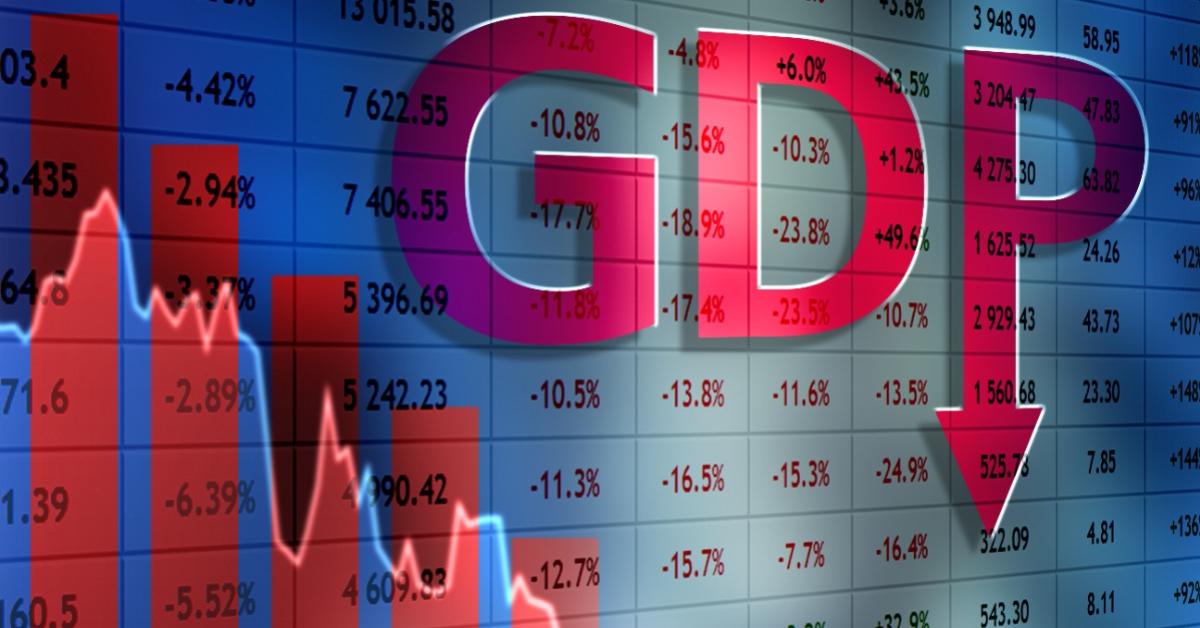
Does GDP Present an Accurate Picture of the Economy? Not Likely
To understand the economy, most financial experts and commentators rely upon gross domestic product (GDP). The GDP framework looks at the value of final goods and services produced during a particular time interval, usually a quarter or a year.
This statistic is constructed with the view that consumption, not wealth production, drives an economy. Since consumer outlays are the largest part of the overall demand, it is assumed that consumer demand drives economic growth, a fundamental assumption in Keynesian economics.
The belief is that demand for goods gives rise almost immediately to their supply. This framework, however, ignores the stages of production that precede the emergence of the final good. It is not enough to demand goods; there must be the means to accommodate the demand. Real savings determines economic growth. If economic growth requires a particular infrastructure but there are not enough real savings, then economic growth will not occur.
The GDP framework, however, is hostile to savings, as Keynesian economists believe savings weakens consumption. The GDP framework gives the impression that individual activity doesn’t produce goods and services but rather something else called the “economy.” Yet, at no stage does the so-called economy have a life of its own independent of individual action. The so-called economy is a metaphor.
By adding up final goods and services, government statisticians promote the fiction of an economy via the GDP statistic. The GDP framework cannot tell us whether production of final goods and services happens because of real wealth expansion or capital consumption.
For instance, should the government construct a pyramid, which adds nothing to individual well-being, the GDP framework assumes it contributes to economic growth. In reality, the building of the pyramid diverts real savings from wealth-generating activities, thereby stifling the production of wealth.
GDP and the Real Economy—What Is the Relationship?
There are serious issues regarding the calculation of real GDP. To calculate it, several things must be added together, and to do that, they must have some unit in common. However, it is not possible to add refrigerators to cars and shirts to obtain the total of final goods. Since the total real output cannot be defined in a meaningful way, it cannot be quantified. To overcome this problem, economists employ total monetary expenditure on goods, which they divide by an average price of those goods. There is, however, a serious problem with this.
Suppose two transactions were conducted. In the first transaction, one TV set is exchanged for $1,000. In the second transaction, one shirt is exchanged for forty dollars. The price or the rate of exchange in the first transaction is $1,000 per TV set. The price in the second transaction is forty dollars per shirt.
In order to calculate the average price, we must add these two ratios and divide them by two. However, $1,000 per TV set cannot be added to forty dollars per shirt, implying that it is not possible to establish an average price. Murray Rothbard wrote, “Thus, any concept of average price level involves adding or multiplying quantities of completely different units of goods, such as butter, hats, sugar, etc., and is therefore meaningless and illegitimate.”
Employing sophisticated methods to calculate the average price level cannot change the fact that it is impossible to establish an average price of unrelated goods and services. Accordingly, the price indices that government statisticians compute are simply arbitrary numbers. If price deflators are meaningless, so is the real GDP statistic.
Even government statisticians admit their calculations are unrealistic. According to J. Steven Landefeld and Robert P. Parker from the Bureau of Economic Analysis:
In particular, it is important to recognize that real GDP is an analytic concept. Despite the name, real GDP is not “real” in the sense that it can, even in principle, be observed or collected directly, in the same sense that current-dollar GDP cannot in principle be observed or collected as the sum of actual spending on final goods and services in the economy. Quantities of apples and oranges can in principle be collected, but they cannot be added to obtain the total quantity of “fruit” output in the economy.
Since it is not possible to quantitatively establish the total of real goods and services, data like real GDP should not be taken seriously. The GDP statistic gives the impression that there is such a thing as the national output. In a market economy, however, wealth is produced by individuals and belongs to them independently.
Goods and services are not produced in totality and supervised by one supreme leader. This means that the entire concept of GDP is devoid of any basis in reality as far as the market economy is concerned. According to Ludwig von Mises, the whole idea that one can establish the value of the national output or the GDP is somewhat far-fetched: “The attempts to determine in money the wealth of a nation or the whole of mankind are as childish as the mystic efforts to solve the riddles of the universe by worrying about the dimension of the pyramid of Cheops.”
Mises continues:
If a business calculation values a supply of potatoes at $100, the idea is that it will be possible to sell it or replace it against this sum. If a whole entrepreneurial unit is estimated at $1,000,000 it means that one expects to sell it for this amount, the businessman can convert his property into money, but a nation cannot.
What do we make of claims that the economy, as depicted by real GDP, grew by a particular percentage? All we can say is that this percentage has nothing to do with real economic growth and that it more likely mirrors the pace of monetary pumping.
Since GDP is expressed in dollar terms, it is obvious that its fluctuations will be driven by the fluctuations in the amount of dollars pumped into the economy. From this, we can also infer that a strong real GDP growth rate most likely depicts a weakening in the process of wealth formation. Once it is realized that so-called real economic growth, as depicted by real GDP, mirrors fluctuations in the money supply growth rate, it becomes clear that an economic boom has nothing to do with real economic expansion.
On the contrary, a boom is about real economic contraction since it undermines real savings—the heart of real economic growth. It is no wonder that in the GDP framework, the central bank can cause real economic growth, and most commentators who slavishly follow this framework believe that this is so.
There is no shortage of so-called economic research designed to produce “scientific support” for popular views that, by means of monetary pumping, the central bank can grow the economy. However, these studies can reach no other conclusion since GDP is a close relative of the money stock.
Conclusion
Real GDP growth rate does not measure the real strength of an economy but rather reflects monetary turnover adjusted by a dubious statistic called the price deflator. Obviously, then, the more money is pumped, all other things being equal, the stronger the economy appears to be.
It is not surprising Keynesian economists believe that the Fed can “drive” the economy since the central bank can influence the GDP growth rate by means of monetary pumping. Through the real GDP statistic, Fed policy makers and government officials create an illusion that they can create economic growth. In reality, economic intervention by the Federal Reserve and the government in the long run can only make things worse.



